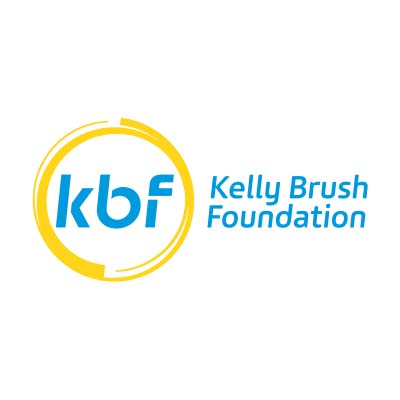Disability Inclusion 101
Want to be inclusive but don’t know where to start? Start with these tips.
by Ashley Schahfer
Accessibility Advocate + OAS Athlete
ACCESS ISN’T JUST PHYSICAL:
- Disability is a social construct, a majority of access barriers are designed elements of the built environment. From stairs to trails we have designed our world to fit the ideal human, inclusion is about redefining what that human looks like and building a world that supports everyone.
- When people don’t feel included or represented they don’t show up (or can’t). We have the ability to change that not only through changing physical barriers but by communicating a commitment and a desire to include.
THE INVITE:
“The Invite” comes in many forms, physical access, accessible signage, closed captioning, asking how to assist, direct invites. They can be subtle and they can be overt. People with disabilities at large are not encouraged to engage in many activities in society, there is an awkwardness and weight to doing a lot of things that most people would never question, so seemingly simple activities can be an emotional struggle for those with disabilities. That’s where the invite is invaluable, no matter what it is, put out the invite and ask if there is any way to assist and make it possible.
You might be thinking that if someone wants to be included they will ask and then we will include them, but do not wait for that day. Consider the experience of people with disabilities who are asked every day to advocate for themselves to be included. Not only is that exhausting, but there are also a lot of individuals who simply do not have that ability.
Types of Invites:
-
- To the table; discussions, meetings, planning, decision making, etc..
- To positions within all fields and levels of employment (less than 20% of wheelchair users are employed)
- To an adventure, a trail, a river trip, camping trip, bike ride. Never assume someone’s ability!
ASSUMPTIONS:
- Assuming someone’s ability is what disables them, always ask.
- Remember no one expects you to know what you have never experienced, it’s ok to fumble, in fact it’s expected and appreciated.
GAINING EXPERIENCE:
- It’s important for everyone to gain experience with disabilities.
- Engage with people who are “different”, fumble, learn. Act natural!
- Getting to know people with disabilities is the best way to gain empathy and learn about inclusion. Workshops and training are great but they are nothing without also experiencing.
- Collaborate, use resources that exist such as, adaptive programs, committees on access, clubs, groups focused on disability. They are eager to get exposure, make it mutually beneficial.
There are some amazing resources that exist, including this video from the District of Columbia Office of Disability Rights:
ORGANIZATIONAL INCLUSION:
- Hire! Employees with disabilities but also, until your organization has a perfect star on an Diversity, Equity + Inclusion (DEI) self evaluation (impossible), get an DEI officer (with experience) to assess and develop a transition plan.
- Workshops and trainings are a step but the true commitment and start of change comes when you assess and plan for change. Be vulnerable and bring in someone with lived experience to help you figure out how you can improve.
- Avoid asking for free advice, the knowledge that people with disabilities carry comes at a great price that they pay everyday, it is exhausting and a constant reminder that they are different. Acknowledge their journey and you’ve made the first step to being inclusive. Empathy, understanding and validation; we all need it, disability is no different.

Ashley and her dog Sam in Bend, Oregon.
Feel free to contact me, Ashley Schahfer, at schahfers@gmail.com for resources and questions.
Go forward, be brave, be vulnerable, fumble a lot, you got this!
-Ashley
Note: See more about this topic in Ashley’s presentation on Inclusive Information and Universal Design with the Oregon Trails Coalition.






